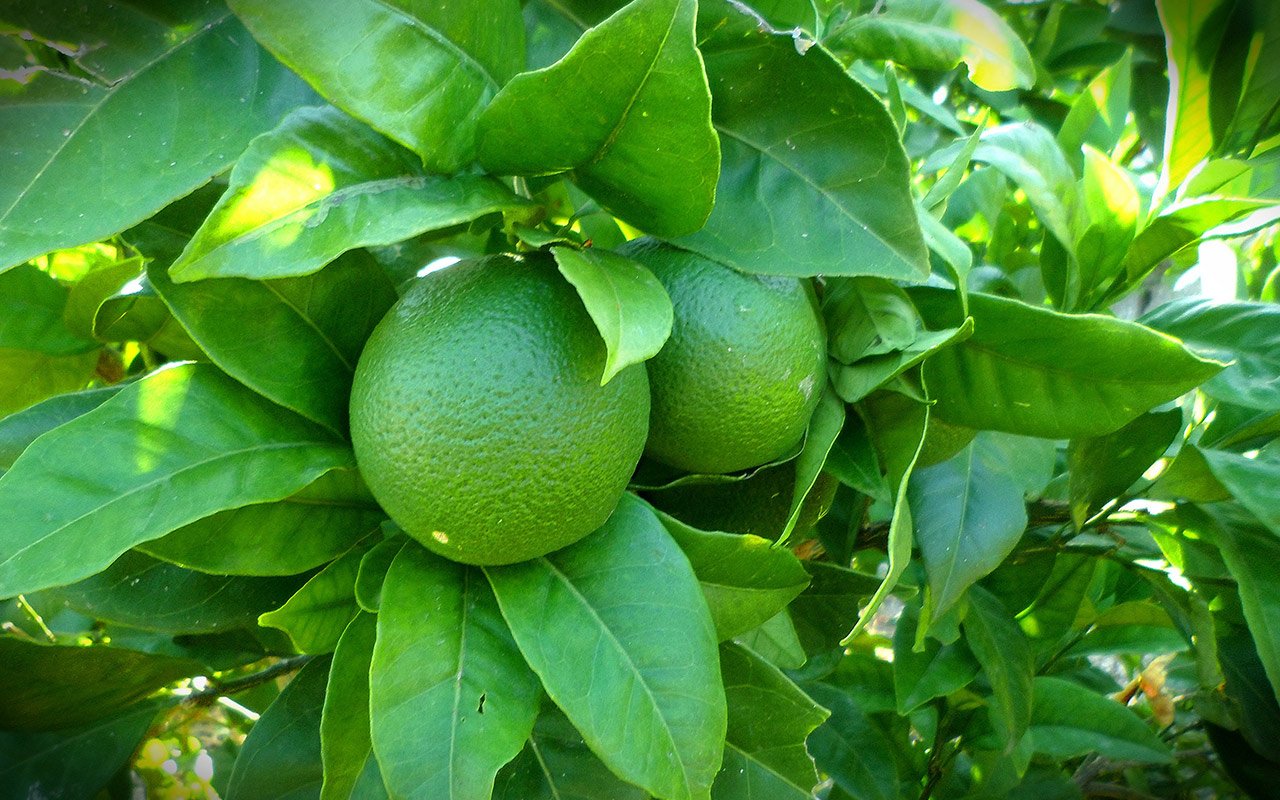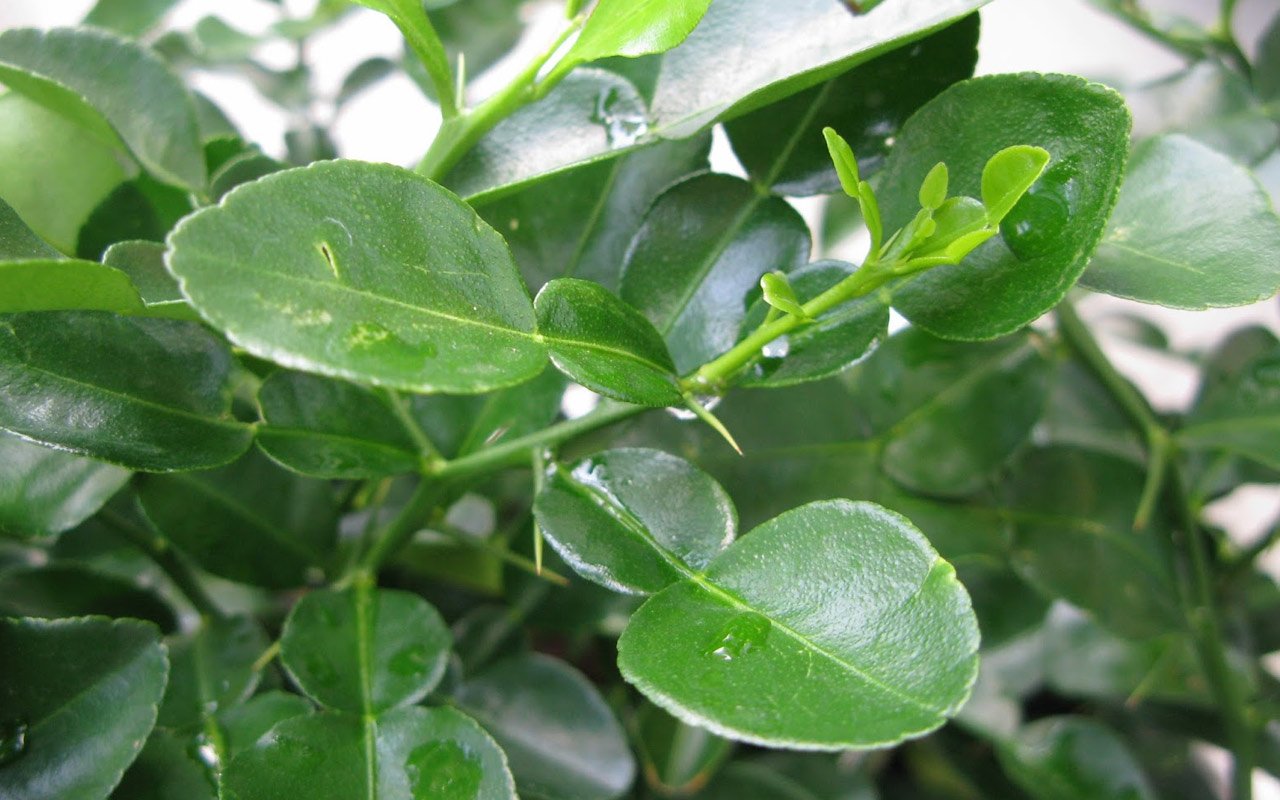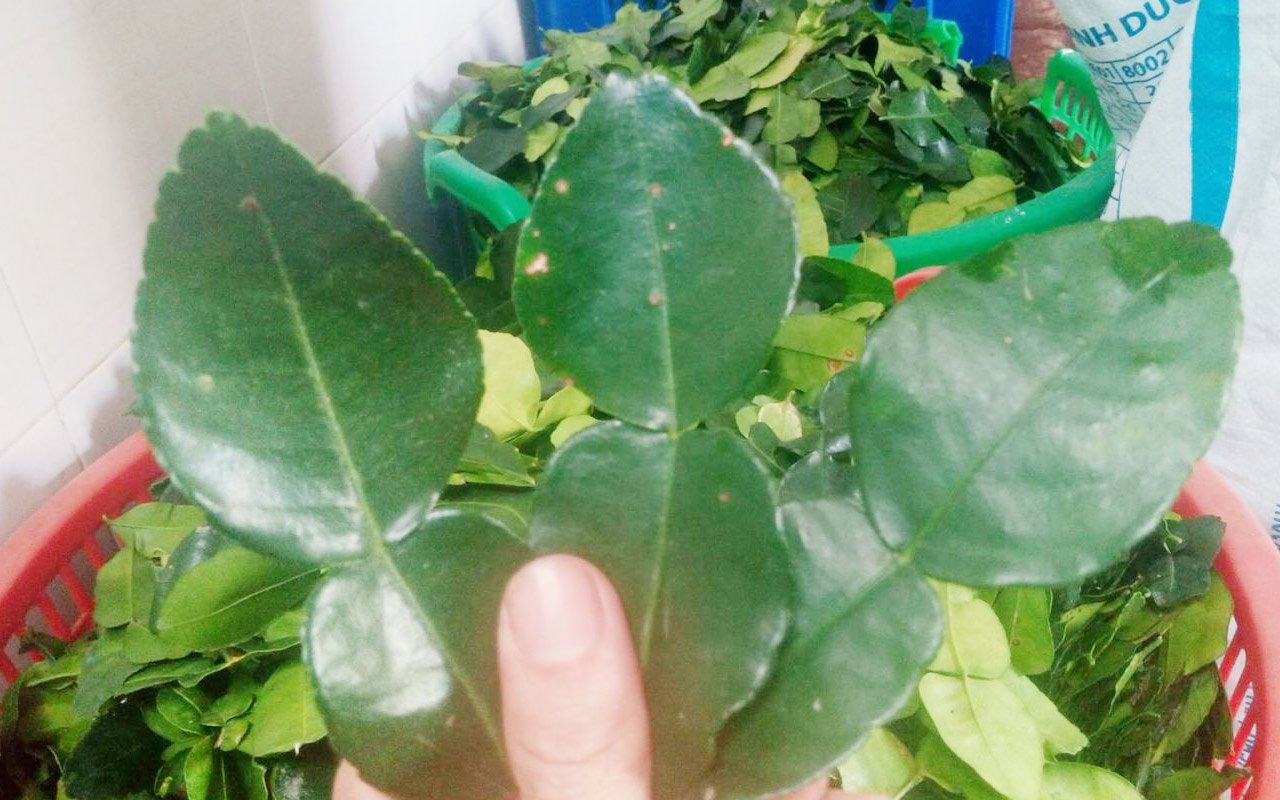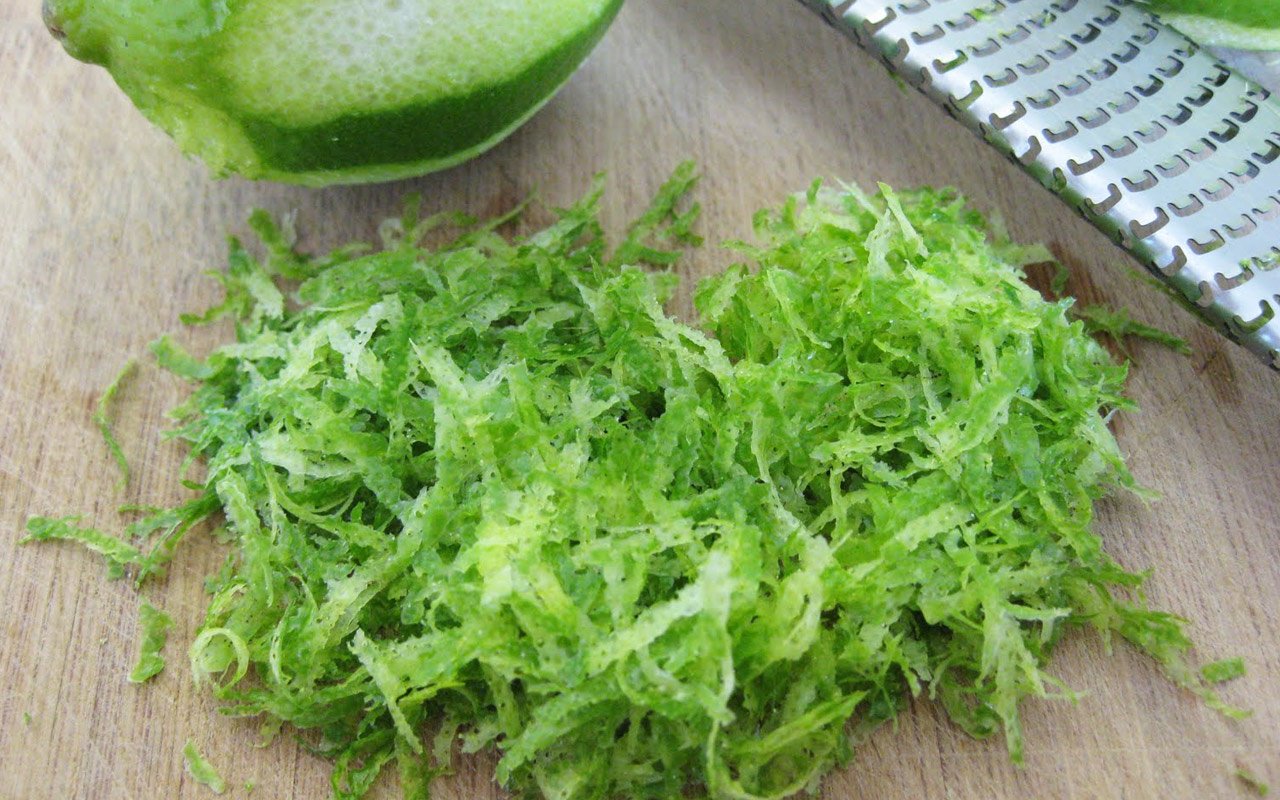Vietnamese cuisines are made with a lot of herbs. Some dishes wouldn’t be as good without them. Lá Chanh – Kaffir Lime Leaf has been an essential ingredient in Vietnamese cooking for their fragrant aroma and the delicious flavor they add to every dish. The plant can be grown extensively in Southeast Asia. It can also be bought in any Asian wet market.
Table of Contents
What are Makrut/Kaffir Lime Leaf?
- Other names: Lime leaf, Makrut lime leaf
- Botanical name: Coriandrum sativum
- Vietnamese name: Lá Chanh
I was unaware that Kaffir Lime leaf could be offensive to certain people until recently. Here’s a great explanation.
While I didn’t consider including the K-word in the guide, older recipes might still have substitutes.
Watch out for kaffir lime leaf references in recipes. “Kaffir”, a derogatory Arabic term, was used in the past by Afrikaaners or white South Africans to refer to black South Africans.
You may refer to them in recipes as “Makrut” or “K-Leaves”. They are also known as lime leaves or wild lime leaves, but they are distinct from western lime leaves.
It helps to know the context of the recipe.
Use La Chanh
Fresh lemon leaves, one of the natural ingredients of fresh lemon juice, are harvested from the lemon tree’s leaves. Vietnamese people no longer consider lemon leaves strange.
Kaffir lime leaves, with their subtle bitter taste and amazing aroma, are used in Vietnamese cuisines. The shredded lime leaf makes chicken Pho a great choice for dishes such as boiled poultry.
It is also a great way to add flavor to your barbecue meats with the scent of lime leaves. Lime leaves can be kept intact and parboiled before being grilled with sliced beef.
Any meat lover will be delighted to discover the combination of lime flavor with the sweetness and flavor of the meat. Some dishes also include lime leaves and shrimp.
For example, consider roasted shrimp with lemon leaves. The lime leaves are thinly sliced and added to the roasted shrimp when it is well done. This preserves the lime flavor and keeps it unchanged.
Another example is Thai Tom Yum. Kaffir leaves are the key ingredient.
There are many ways to combine fresh lemon leaves, including pureeing, grinding into powder, or leaving it whole.
Lemon leaves are said to aid in breathing and dissolve phlegm. Commonly used to treat cold and flu symptoms, as well as support the treatment of bronchial asthma.
Particularly, fresh lemon leaves have many essential oils. Therefore, they are used often in steam pots to relieve the symptoms of colds.
Substitutes For Kaffir Lime Leaves
Kaffir Lime Leaves (now known as Makrut Lime Leaves) can be hard to locate. Here is my top Makrut / Kaffir Lime leaves substitutes…
Lime Zest
Lime zest, although it’s not as complex and intense, is the most common ingredient for lime leaves. For 2 Makrut Lime Leaves, substitute 1/4 teaspoon lime zest.
Lemon Zest
Although lemon zest won’t have the same intensity as lime zest, it will still add some fragrance to your dish. Start by substituting 1/4 teaspoon zest to each of the 2 leaves.
Lemongrass
Makrut lime leaf is not available to everyone. This means that you won’t likely be able to grow lemongrass in your backyard. These aromatic stalks can be used to make lime leaves in your recipes if you have them. You can use one stalk of lemongrass to make about three to four Makrut leaves.
Basil, Mint, or Coriander (Cilantro)
You could also opt to not use Makrut lime leaves, but instead serve your dish with fresh herbs such as mint, basil, or coriander (cilantro). Thai basil is even more delicious. Although the flavor will be slightly different, the aromas of the herbs won’t make it taste any less like lime leaves.
Preserved Lemon
Although this may sound strange, Moroccan preserved Lemons do have a smell that is similar to lime leaves. Preserved Lemons can be quite salty so you need to adjust your seasoning. I would recommend using 1/4 teaspoon chopped preserved Lemon for each stalk of Makrut Lime leaf.
You can leave it out
It is fine to omit the leaves in recipes that contain a lot of other flavourful ingredients, such as Thai cooking.
How to store Makrut / Kaffir Lime leaves
Keep kaffir lime leaves in a glass container or Ziploc plastic bag. They can be stored for up to a week at room temperature. Keep them in the fridge if you need to keep them for a longer time.
They can be kept in the fridge for up one year. These leaves will keep for longer if stored in the freezer.
These leaves can be dried by being hung upside down in warm rooms. A leaf dried can last for three years.
Where to buy Kaffir Lime Leafs
Kaffir lime leaf can be bought at Asian food or Vietnamese stores. These leaves can also be purchased at Chinese food stores.
These leaves are often sold in combination with dried herbs or fresh produce, either in the freezer section of Vietnamese food stores or other places.
Kaffir (Makrut), or Lime leaves, can be purchased online from trusted sellers like fresh from US Citrus. Delivered right to your home.
You should ensure that the kaffir-lime leaves are not affected by yellowing, browning, or any other effects.
You can also plant kaffir limes in your home. If you live somewhere with a hot climate, you can plant a Kaffir lime tree outdoors. In colder climates, however, you will need to keep the tree indoors in a container.
To grow well, a kaffir lime tree needs moderate watering, regular food, and full sunlight. The best time to harvest their fruits is between May and October.
Watch out for kaffir lime leaf references in recipes. “Kaffir” is an Arabic derogatory term used previously by Afrikaaners or white South Africans to refer to black South Africans.
You may refer to them in recipes as “K-leaves” or even “Makrut”. Although they may be called lime leaves, wild lime leaves, or lime leaves, it is important to remember that they are not the same as western lime leaves.
The context of the recipe will help you determine which limes you need. Thai or other East Asian dishes that require lime leaves are likely to refer to kaffir lime leaf.
Kaffir Lime Leaves (now known as Makrut Lime Leaves) can be difficult to locate. Here are some of my favorite Makrut / Kaffir Lime leaves Substitutes…
Kaffir lime leaf alternative
Bay leaves are a great substitute for kaffir-lime leaves. They are similar in flavor to kaffir lemon leaves, but they lack the citrus element.
They are best used to season soups, sauces, or rice dishes. But you shouldn’t eat them. For spicier dishes, such as curries, they can be combined with lime zest.
Lime zest is a great substitute. These citrus zests can be used to give certain recipes the same strong citrus taste.
This is a fantastic option since all you need are lemon and lime along with a grater. It can be substituted for kaffir leaves in many recipes.
Lemon thyme is a versatile ingredient that can be substituted for kaffir lime leaves in many dishes, such as soups, salads, and fish.
Lemon thyme has a strong citrusy lemon aroma, without the bitterness associated with regular thyme.
Another option is lime juice. However, it is less versatile in its use. Lime juice can substitute Thai curry paste.
All of these options can enhance the flavor of dishes so that they taste as good as if they actually had kaffir lime leaf leaves.




